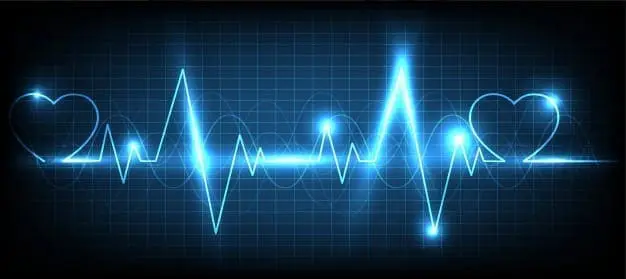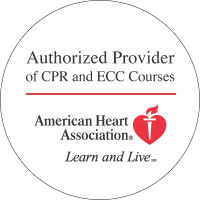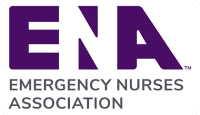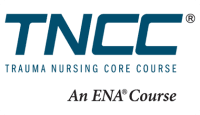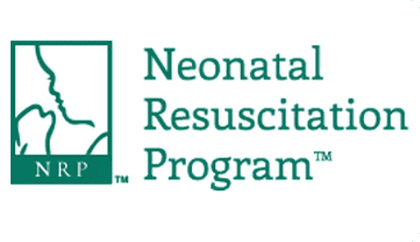Heart disease a major problem in the United States, killing over 350,000 people every year. A myocardial infarction is an acute form of coronary artery disease that occurs when the arteries that are to feed the heart muscle with oxygen-rich blood become clogged. Myocardial infarctions, or heart attacks, vary in degree based on how much of the heart muscle was affected and for what amount of time it was unable to receive oxygen. Long-term recovery following a heart attack is directly based on the severity of the issue and the amount of time that elapsed until treatment began. To decrease treatment waiting time in your patients, it is vital that you understand the most common signs and symptoms of heart attacks and be able to decode cardiac enzyme numbers and ECGs.
Although some individuals who have acute myocardial infarctions do not show any changes on their initial ECGs, the majority of individuals do. According to a study published in Clinical Cardiology in 2007, those who had normal ECGs without any other symptoms of ischemia were at very low risk for acute myocardial infarctions while those with abnormal ECGs and possible symptoms of ischemia were at intermediate risk. Even more importantly, those with abnormal ECGs who were also clearly displaying signs of ischemia were almost always diagnosed with myocardial infarctions. Therefore, it is vital that you are able to decode ECGs correctly and quickly as a clinician.
The 12-lead ECG nearly always evolves in a particular pattern in patients having myocardial infarctions. By recognizing this pattern early, you can quickly get your patient the reperfusion therapy he needs and can improve his chance of survival while also improving his possibility at having high quality of life in the future. The most important ECG pattern to recognize is the STEMI, which is known as the ST-elevation myocardial infarction. A STEMI points to a major heart attack that is focused on one of the primary arteries leading to the heart muscle rather than on a smaller and less important artery.
The most important thing you must look for on the ECG is new ST elevation, which should measure at least 1 millimeter high in two contiguous leads or at least 1.5 millimeters high in V2 or V3. Another pattern you should be aware of is tombstoning. This particularly troubling pattern shows a very high ST segment elevation of around 4 to 6 millimeters. Another pattern that could denote a STEMI is ST segment depression rather than elevation in leads V1 to V4. Finally, a new left bundle branch block should also immediately alert you to the possibility of a heart attack in your patient.
Reading ECGs can be quite tricky, and you may feel as if you are missing something important when you are just beginning. However, regular review and constant practice can help you build your confidence in this important area and help you recognize particularly troublesome ECG patterns. If you feel that your schooling has not adequately prepared you for this or if you just want a bit more practice as you enter a new clinical area, consider taking the Advanced 12-Lead ECG Interpretation course from Project Heartbeat. This certification program will give you a comprehensive overview of ECGs while also teaching you the appropriate treatments and pharmacology for common rhythms.

